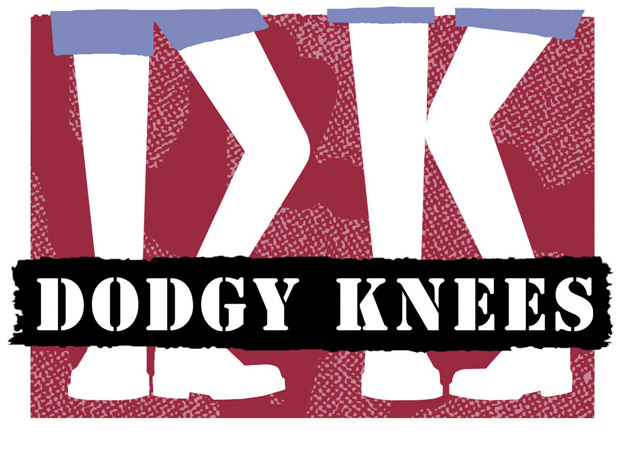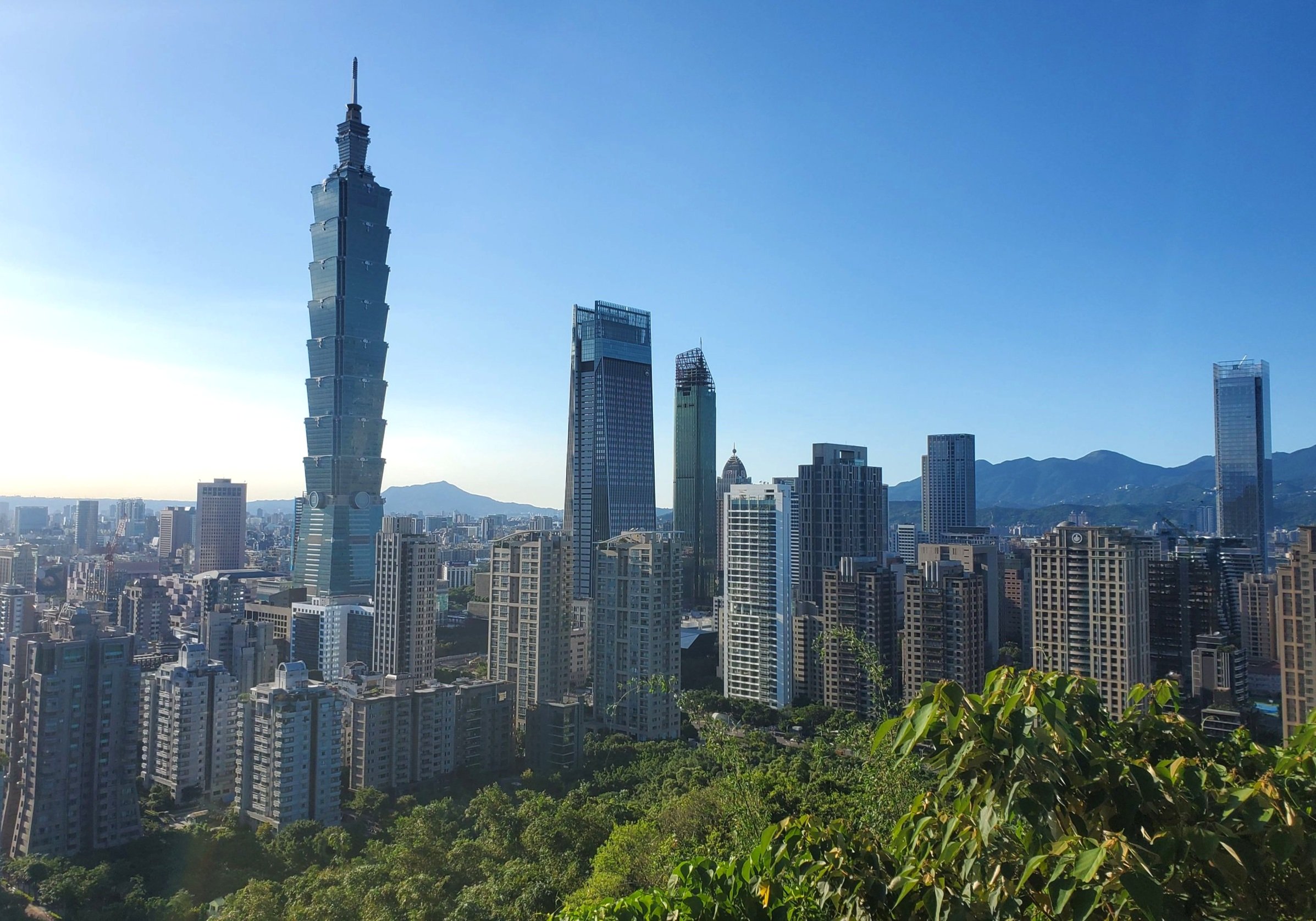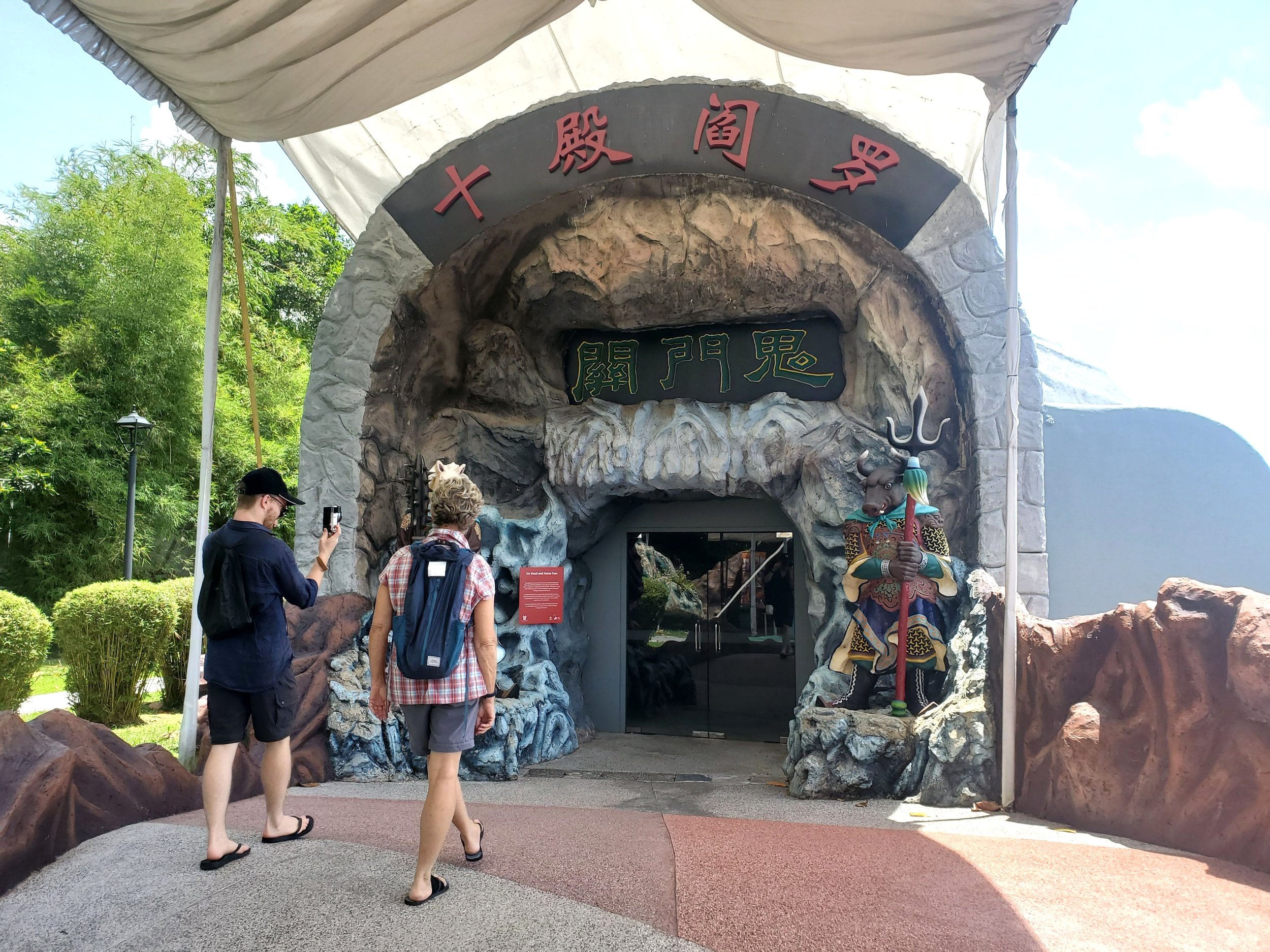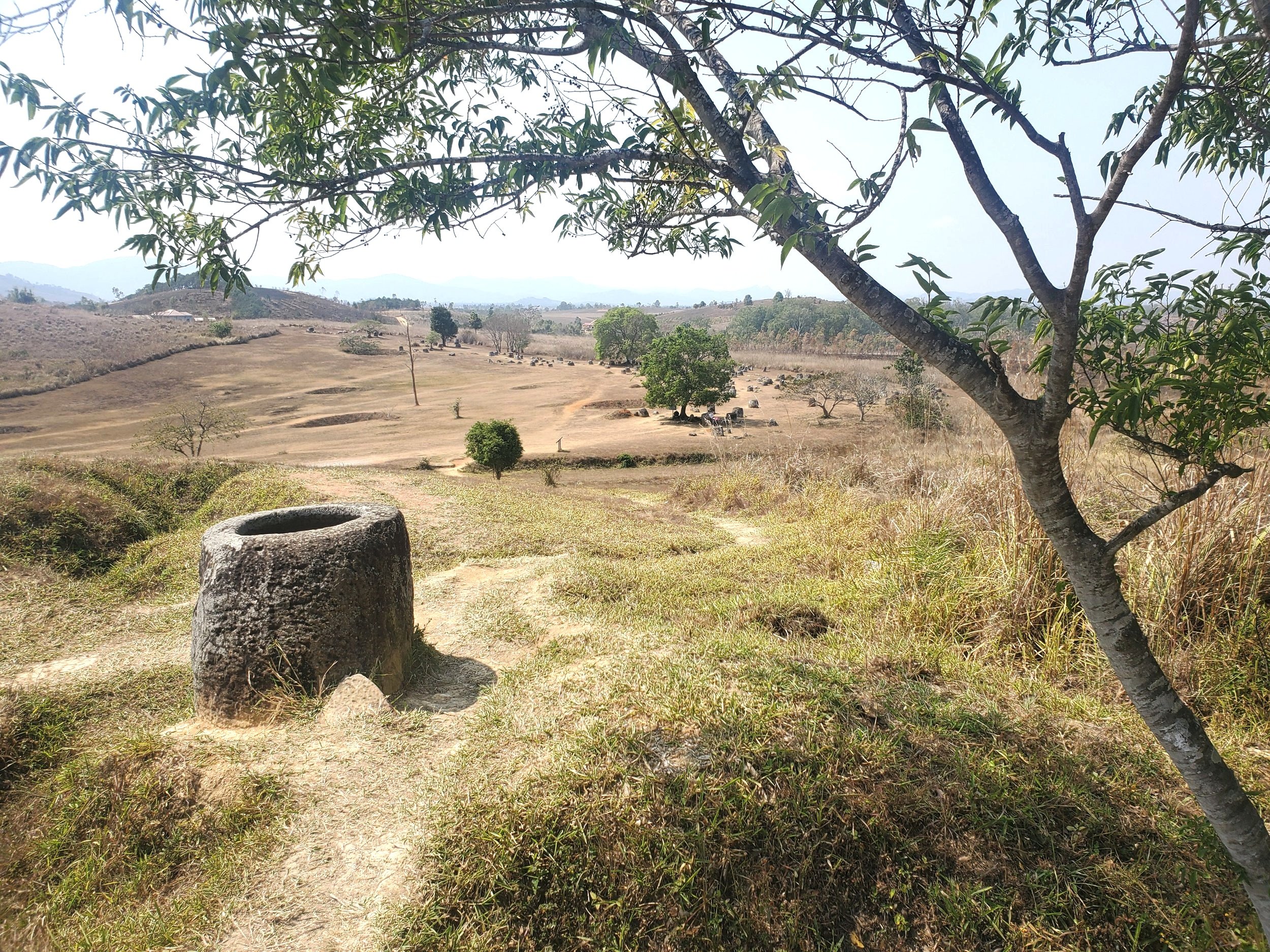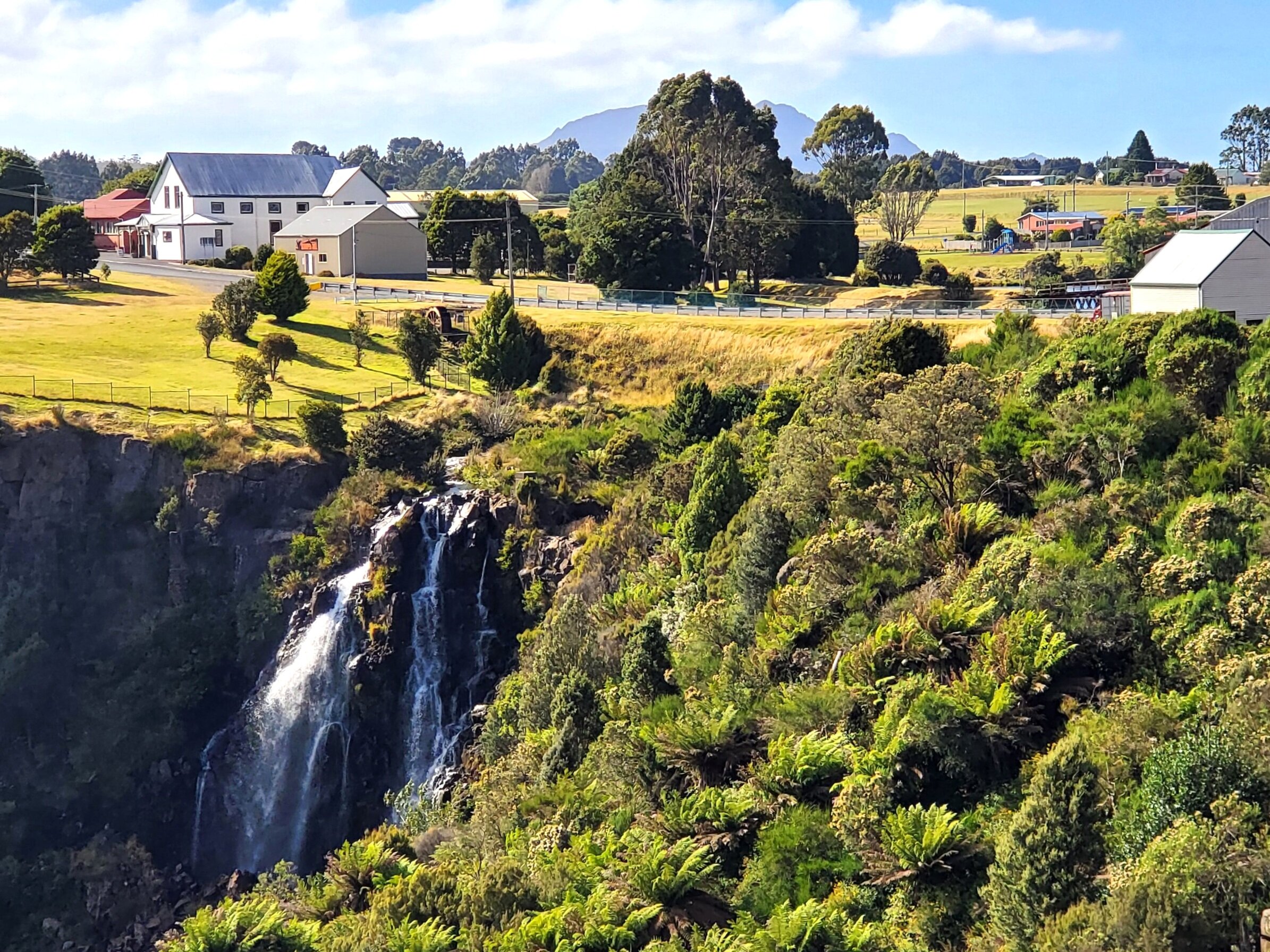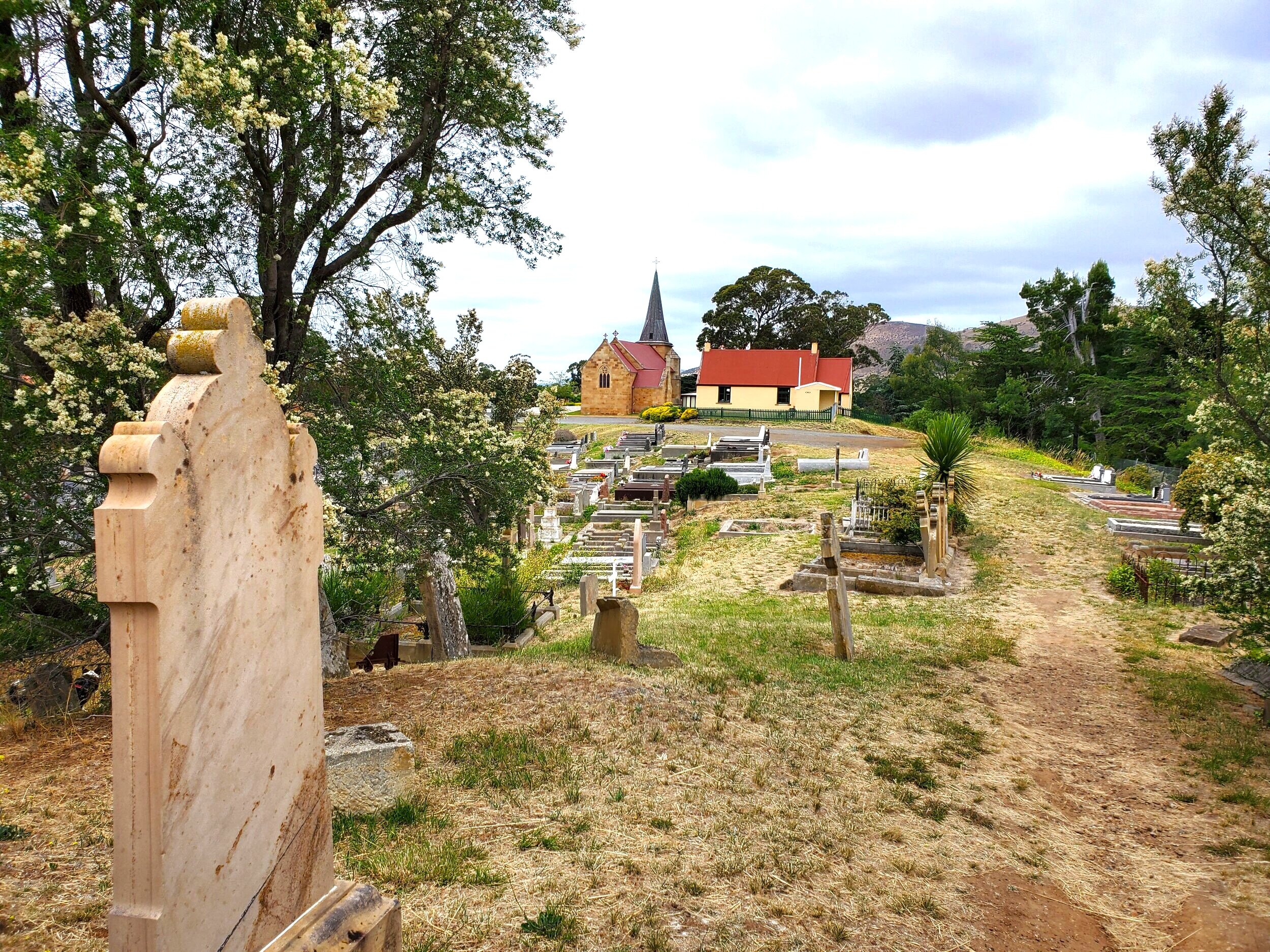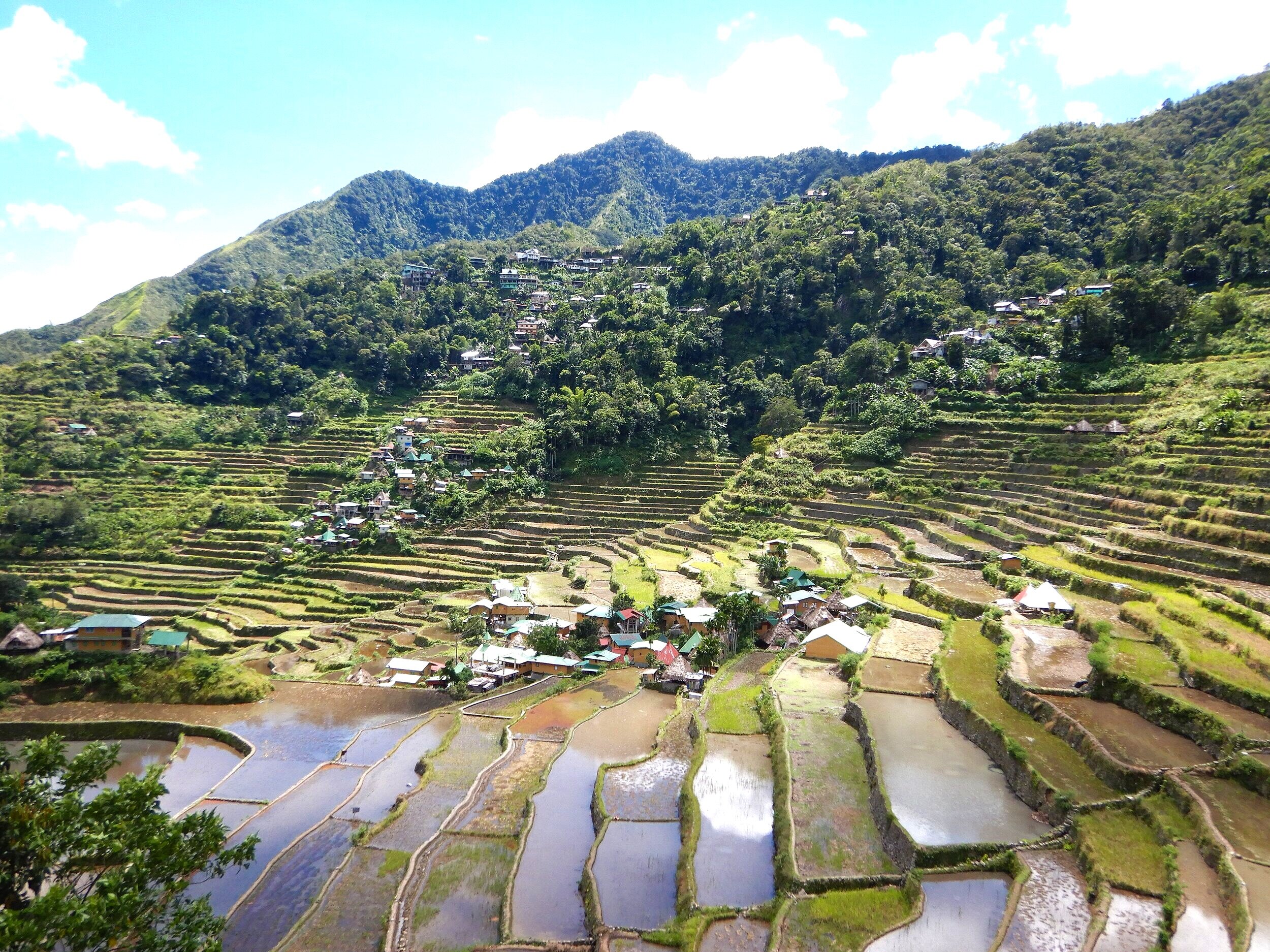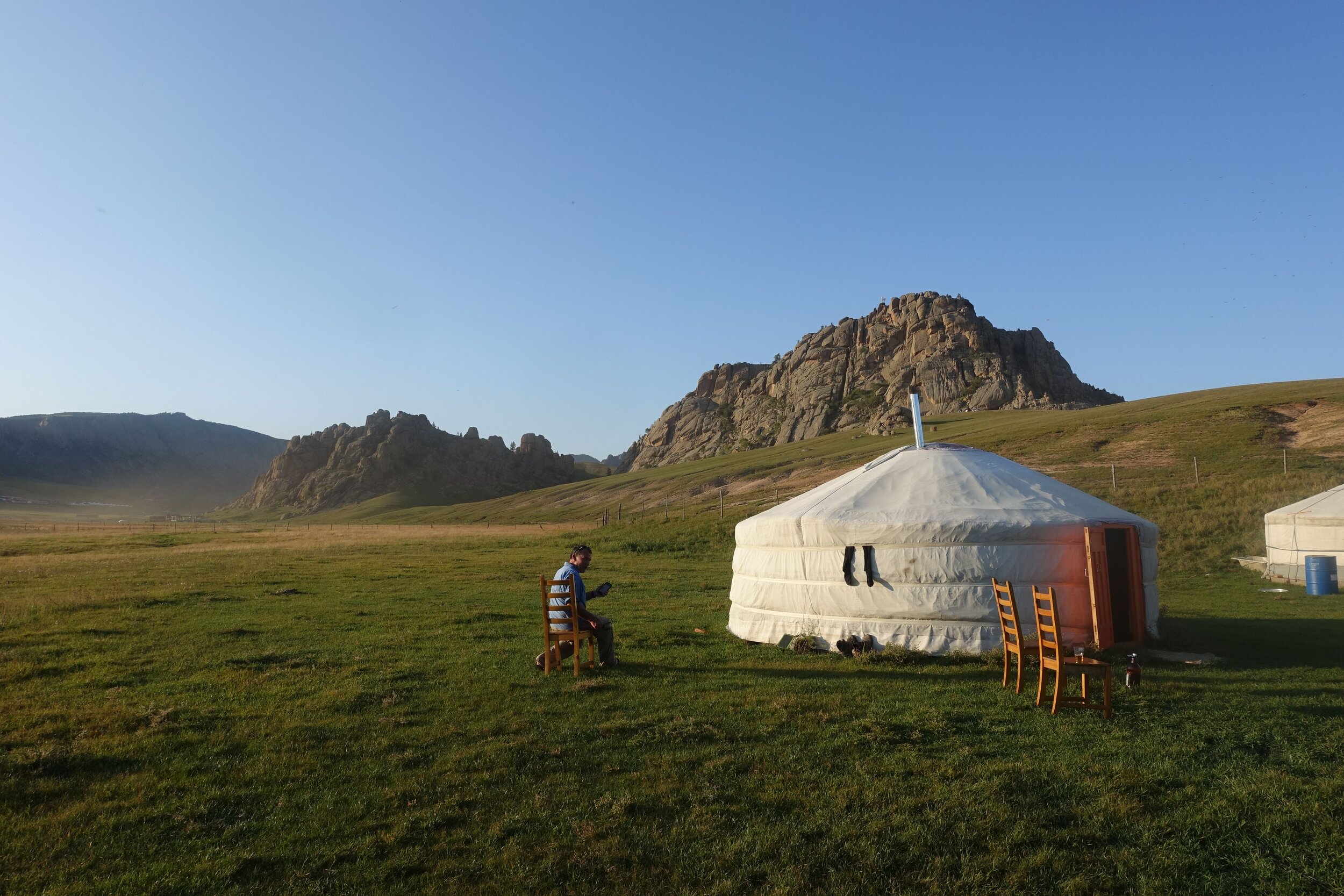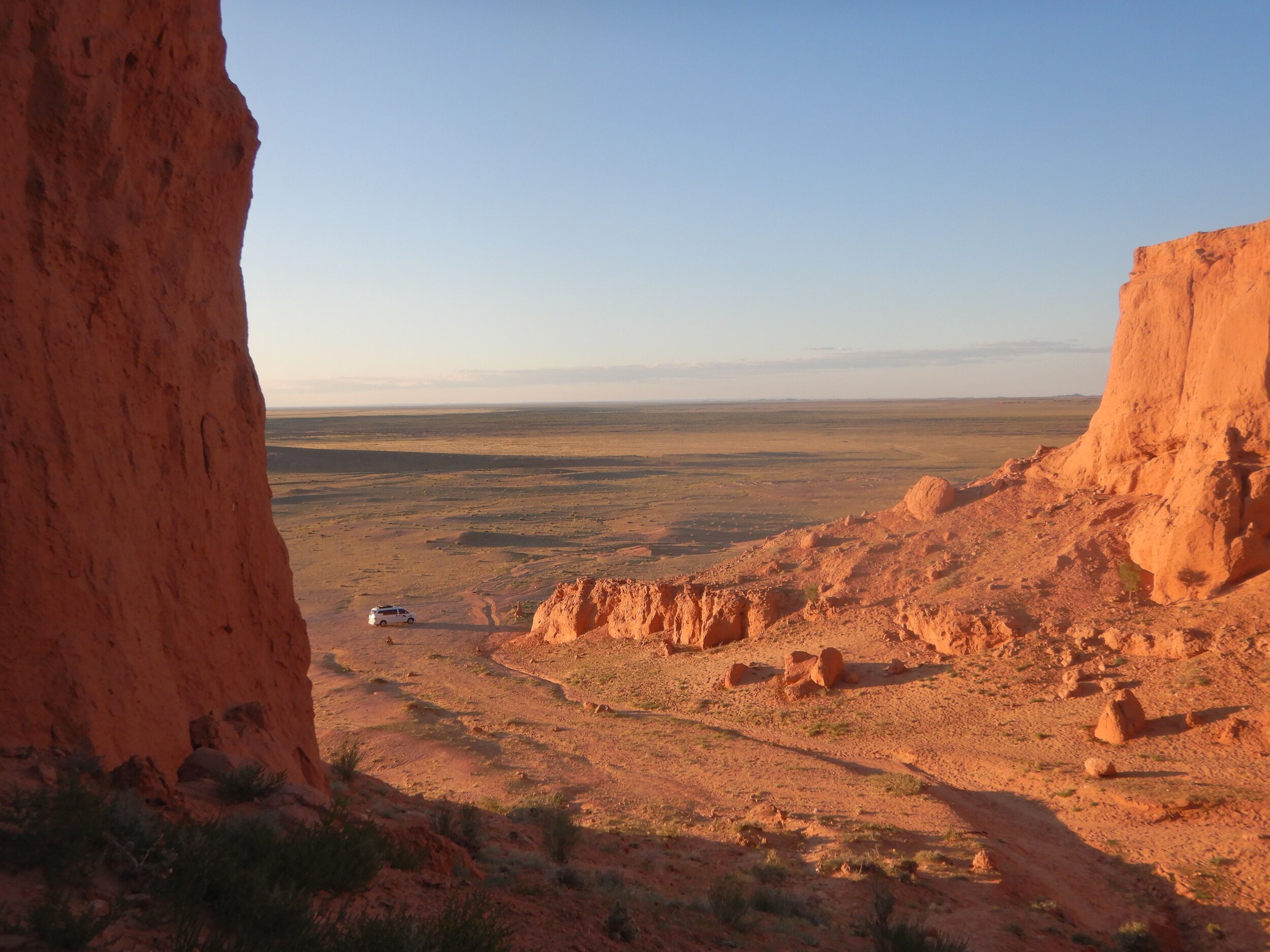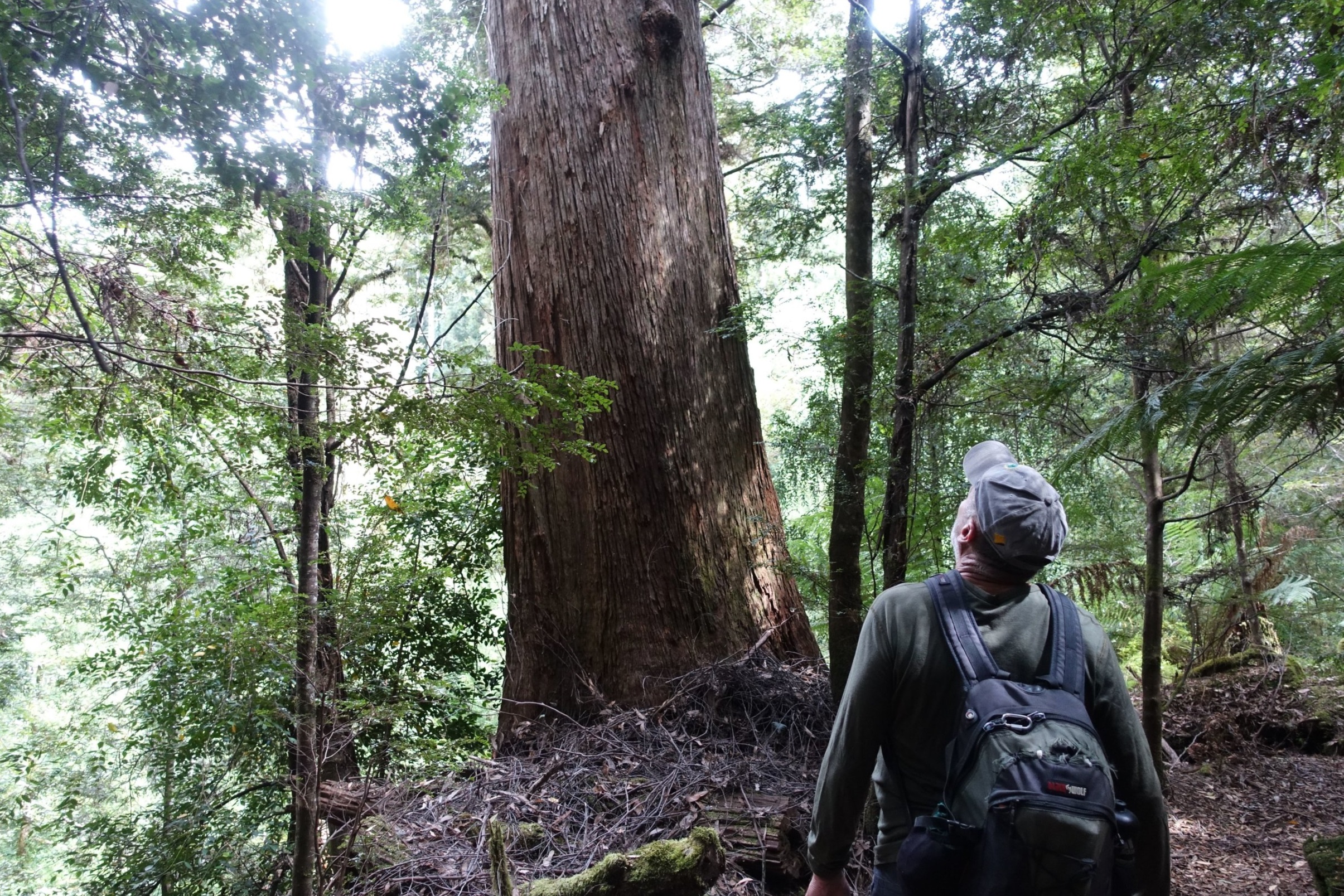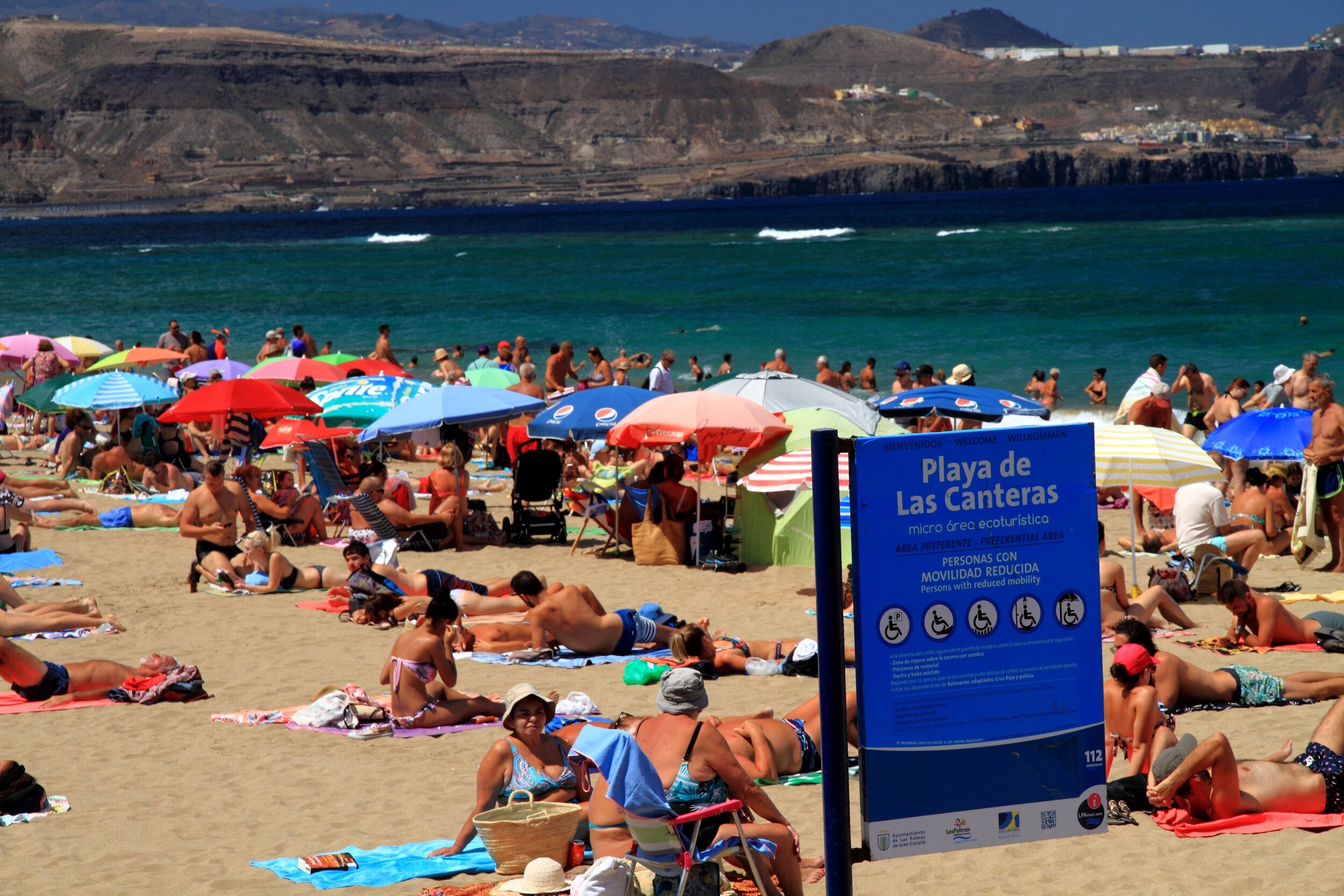Postcard from Baku
/Introduction
Baku, Azerbaijan’s capital, is a city of 2.3 million, which sits on the Caspian Sea. In Baku towering, eye-catching 21st century skyscrapers provide a radically contrasting backdrop to medieval alleyways and ancient fortifications. Sounds interesting? We thought so too, so we arranged to spend a few days there to see it for ourselves.
Azerbaijan was part of the Soviet Union until it gained independence in 1991. While it is predominantly a Muslim country, it is considered the most secular in the Islamic world. As our Lonely Planet guide put it: “Baku is a cosmopolitan city where pubs outnumber mosques.” Most women dress as in any other modern European country.
fountain square, central baku
The Old City (Icherisheher)
Baku’s UNESCO-listed Old City is a tangle of quiet, cobble-stoned alleyways, small galleries and restaurants, and the occasional significant attraction.
The 12th century city walls form part of the boundary of the Old City from the new.
There are also several impressive gates.
Walking the narrow streets, we found ourselves constantly with camera in hand to capture the scenes before us.
The many wooden balconies were a particular drawcard.
The Maiden’s Tower (Qiz Qalasi)
The most notable landmark in the Old City is the 29 metre Maiden’s Tower. Its age is not entirely clear but much of the current structure dates from the 12th century, which coincides with Baku’s rise to be the capital after an 1191 earthquake destroyed the old capital of Samaxi.
Inside the tower is a museum.
You can ascend the different levels to the top for a rooftop view of Baku.
view from the roof of the maiden tower
There are also archeological excavations adjacent to the tower.
Various theories and myths exist as to how the tower got is name. The most plausible is that a better translation is “Virgin Tower” which alludes to its military impenetrability rather than the story of a tragic Azerbaijani princess.
In front of the tower is the medieval market square, which nowadays is mostly inhabited by spruikers trying to entice tourists to partake of various tours.
All the while the dramatic three fingers of the Flame Towers loom behind. More on the Flame Towers later.
Palace of the Shirvanshahs
This is a restored 15th century palace built by Shirvanshah Khalilullah I (1417 – 65).
Inside various exhibits, equipped with English-language commentary, tell of the history of the palace.
We spent about an hour and a half exploring the inside and outside.
Central Baku
This is the central part of the modern city of Baku.
Fountains Square
Fountains Square is a popular precinct in Central Baku.
Unfortunately, the numerous fountains that give the square its name were turned off when we were there.
fountain square fountains not doing any fountaining
Not to worry, it was still a pleasant area for a stroll. The adjacent streets are leafy and cool, with a very European feel.
We took time out to enjoy a cold drink at a little hole-in-the-wall cafe just off the main piazza.
History Museum
The informative and well organised museum is also in this part of the city.
With plenty of English text it provides a good overview of Azerbaijan’s rich history.
Baku Bulvar
The Baku Bulvar is a boulevard that stretches around the bay for a couple of kilometres and is easily reached from the Old City.
the bulvar viewed from the flame towers area
The Bulvar is a good place to get up close and personal with some of Baku’s architectural wonders. At one end is the Crescent Moon Building.
At the other is the winged Caspian Waterfront Mall.
In between are parklands. And the Carpet Museum, which is made to look like a giant rolled-up carpet.
carpet museum
There are also obligatory views of the Flame Towers.
Flame Towers Area
The symbol of modern Baku is the three Flame Towers.
Finished in 2012 they quickly became the city’s iconic image.
We travelled via a furnicular up to the ridge where the towers stand overlooking the Bulvar.
The view from the top is epic.
Close to the towers are two cemeteries and memorials to people who died in the attack by the Red Army in 1990 and in the conflict in Karabakh with Armenia.
Other Baku Attractions
We only had a couple of days in Baku so decided to focus on the Old City, the Bulvar and nearby sights. Further out from central Baku is the Heydar Aliyev Centre, purported to be another architectural wonder.
Popular day trips from Baku include Qobustan for its 12,000-year-old stone petroglyphs and weird mud volcanoes. As well as the Abseron Peninsula for Atesgah, an 18th century fire temple and Yanar Dag, a perpetually burning ‘fire mountain’. If you want to know more about these and other possibilities click here for the Azerbaijan Government’s Official Tourism Website.
Sheki
We started our 5-week trip in the Southern Caucasus Region (Azerbaijan, Georgia and Armenia) in Baku, with the intention of travelling west to Georgia, where we were to spend most of our time (ie 3 weeks). On the way to the border with Georgia we travelled by bus from Baku to Sheki (6 hours).
the bus to sheki
Sheki is a UNESCO World Heritage Site.
sheki
The star attraction in Sheki is Xan Sarayi.
This is a small, but very ornate, palace built in 1762 by the local ruler, Khan Haci Calabi.
No photography is allowed inside so all our shots are of the structure and grounds.
The palace sits within the walls of the Nukha Fortress.
nukha fortress walls
There are several other buildings on the site, including a restored, ancient church which was originally a pagan temple.
In other parts of Sheki, you can find two caravanserais which harken back to Sheki’s days as an important trade hub. Today they are hotels.
one of the caravanserais
Two 18th and 19th century mosques.
khan mosque (1770)
From Sheki it was then off to the border with Georgia about 100 kms away. (Posts on Georgia to come later).
sheki
Conclusion
Our brief stop in Azerbaijan was in early September 2024. There were certainly other tourists about, but the numbers were not overwhelming. Weather was warm to hot, but not sweltering. September and October are probably good months to visit.
baku old city
With such a short stay you can but scratch the surface. There is undoubtedly much more to Baku and Azerbaijan, but that’ll have to wait for another day. We certainly enjoyed the time we had there.
Ken and Cally
